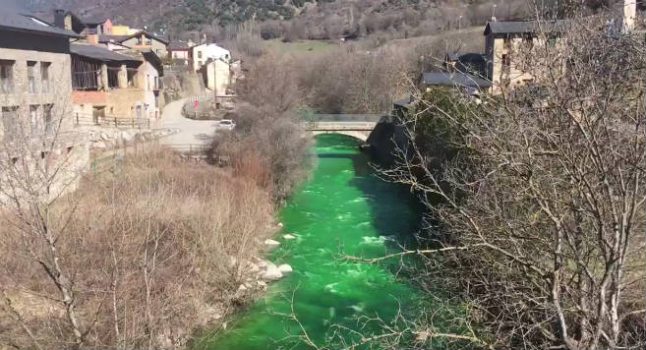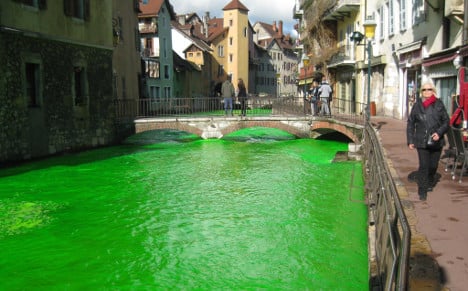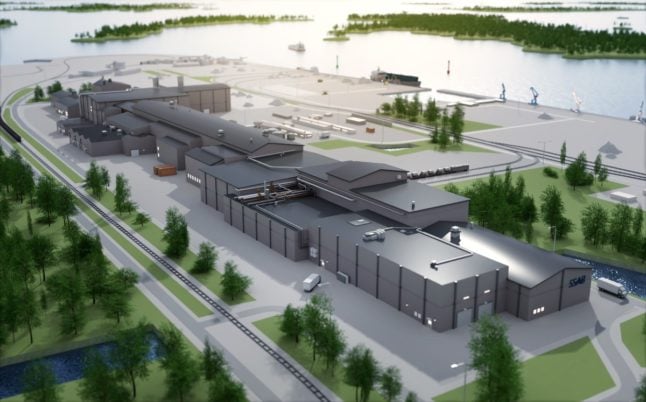The emerald green tint was not an early celebration of St Patrick’s Day – as is seen in Chicago each March
The river began to turn green at its source in Andorra before spreading further downstream to the Valira valley in Catalonia.
Albert Batalla, the mayor of Seu d’Urgell, a town on the banks of the Valira issued a statement assuring residents that the dye was “entirely harmless, non-toxic and biodegradable” and had been used as part of an investigation at the Arinsal water bottling plant.
The plant was last year traced to be the source of a gastroenteritis bug that affected thousands of people across Catalonia who drank contaminated water from office water coolers.
Andorra’s Ministry of Health confirmed that the harmless dye had been used to help identify the source of possible contamination and would have no environmental impact.
But it makes for some dramatic photos:
Informació sobre la incidència al riu #Valira. pic.twitter.com/MvDLIIUb3p
— Albert Batalla (@albertbatalla) March 2, 2017
Seguim el curs del riu #Valira per comprovar la intensitat del colorant que l'ha tenyit avui, des d'Andorra fins a la Seu d'Urgell: pic.twitter.com/coJYsQw3cf
— CatInfo Lleida (@Cati_Lleida) March 2, 2017
L'aigua del riu Valira baixa colorada de verd. Segons el Govern, es tracta d'unes proves a la font d'Arinsal i NO és tòxic. pic.twitter.com/0YxUbEKI93
— Comú Sant Julià (@comusantjulia) March 2, 2017
Així es veu el riu #Valira al seu pas per #Anserall. #Andorra assegura que el colorant verd que el tenyeix és una substància innòcua. pic.twitter.com/Qr3p1sQ3d2
— RàdioSeu (@RadioSeu) March 2, 2017
DON'T MISS: Why are rivers in France turning fluorescent green?




 Please whitelist us to continue reading.
Please whitelist us to continue reading.
Member comments